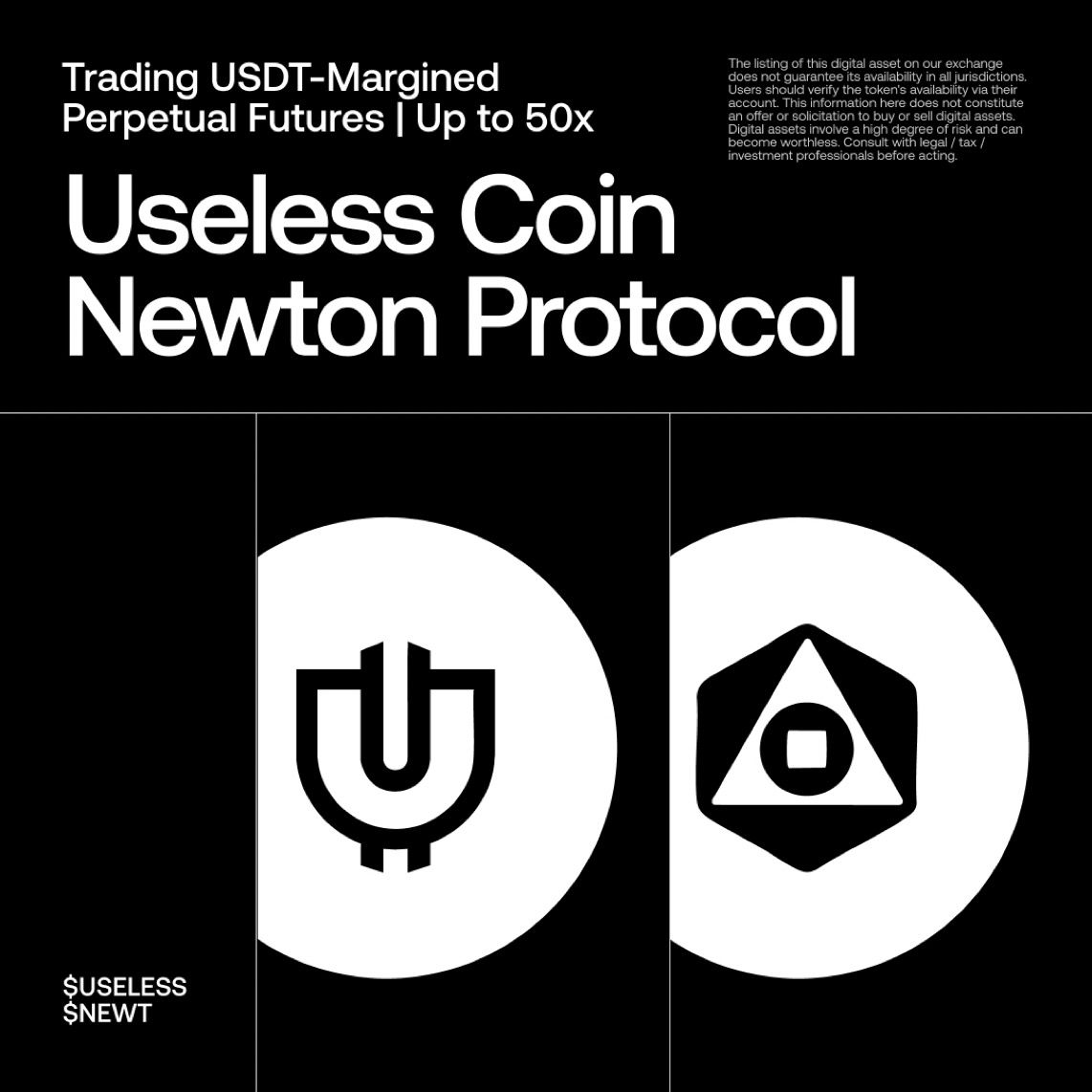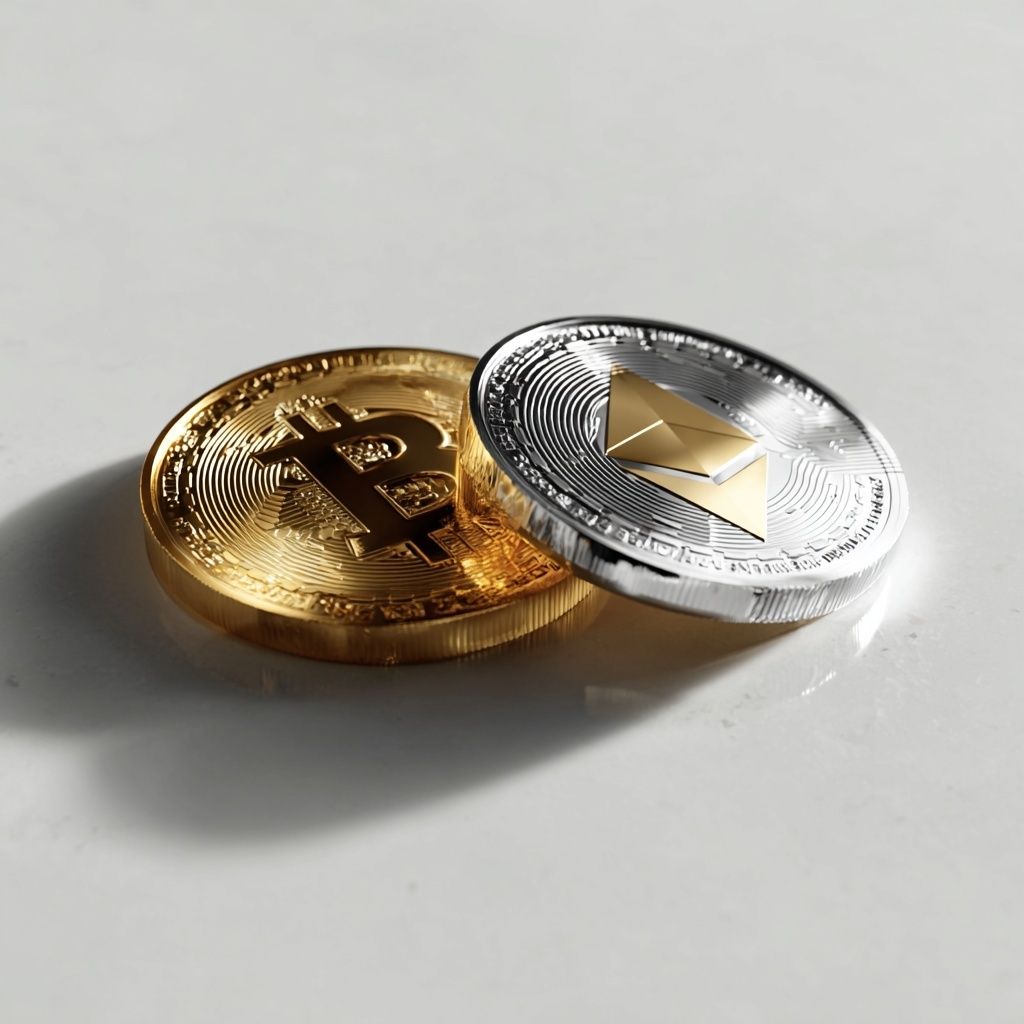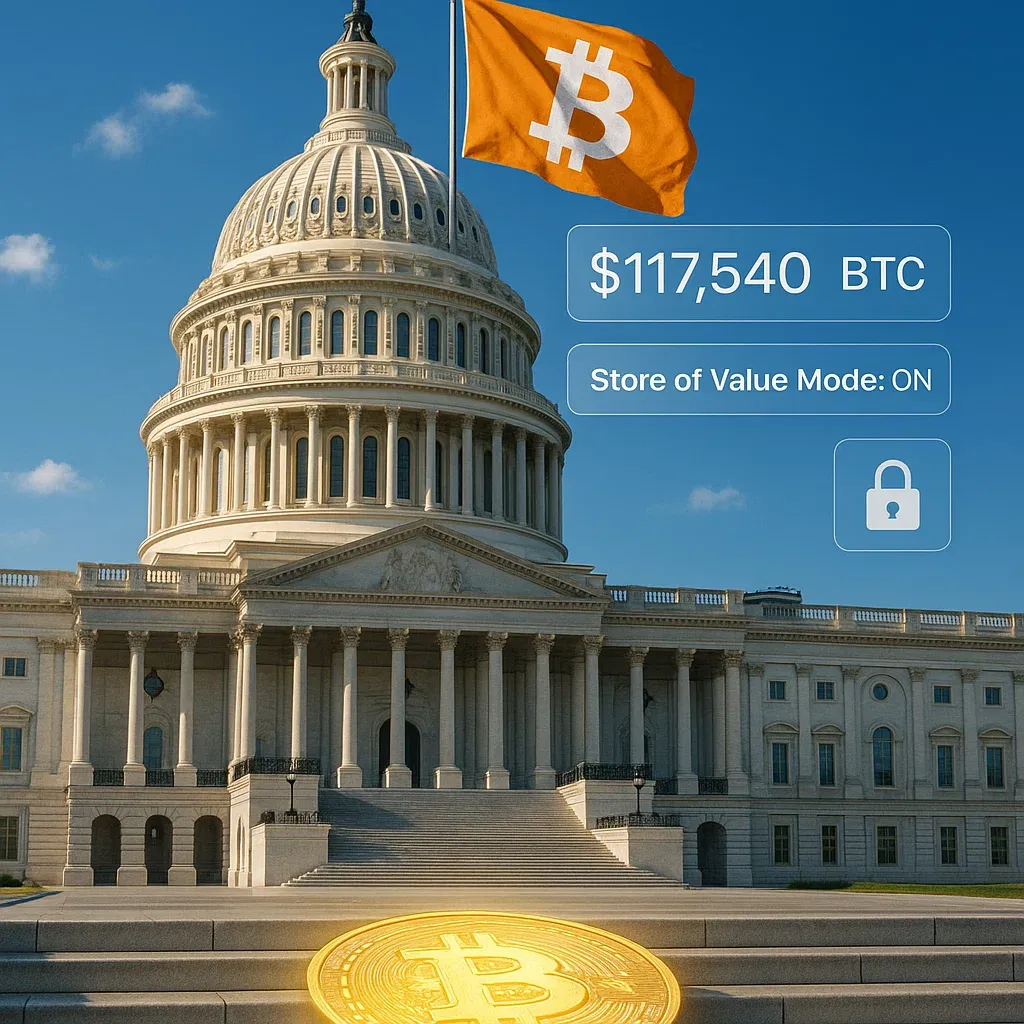Circle Payments Network: Stablecoins Go Instant & Global
🌍 Circle’s Big Play: Reinventing Global Payments with Stablecoins
Forget wire transfers. Forget SWIFT.
Circle just dropped its Payments Network (CPN) — and it could change how money moves across borders forever.
The plan?
Turn stablecoins like USDC and EURC into the backbone of instant, cheap, and programmable money movement — powered by blockchain, not legacy rails.
With $61 billion of stablecoins already in play, Circle is betting this network isn’t just an upgrade — it’s the next standard.
🚀 What Makes Circle Payments Network (CPN) Different?
Circle isn’t just offering another crypto payment solution.
This is a compliance-first, bank-friendly, global network that lets financial institutions move money 24/7 — with seconds-level settlement and no pre-funding required.
Here’s the breakdown:
- 🟢 Instant cross-border payments
- 🟢 24/7 availability (no more waiting for banking hours)
- 🟢 Programmable money (think: automated treasury ops, invoice triggers, remittance flows)
- 🟢 No bilateral agreements needed — one tech stack, global reach
- 🟢 Fiat + stablecoin orchestration — choose your lane
Early adopters? World Remit, Yellow Card, Fireblocks — plus Standard Chartered and Deutsche Bank advising behind the scenes.
🛑 Tackling the Pain Points of Traditional Finance
Cross-border payments today are slow, expensive, and messy — relying on patchworks of banks and clearinghouses.
Circle’s solution:
- Replace the old rails with blockchain-based settlement
- Kill the friction of pre-funded accounts
- Offer real-time transparency and programmable flexibility
“This isn’t just faster payments — it’s smarter payments,” Circle says.
“Global money movement, rebuilt for the digital age.”
🧩 Compliance, But Make It Crypto
The killer feature? Regulatory clarity.
- Every institution on CPN must meet strict compliance and security standards
- Supports regulated financial flows across jurisdictions
- No shadow banking, no sketchy intermediaries
This isn’t DeFi gone rogue — it’s stablecoin payments with a seat at the grown-up table.
🪙 Stablecoins Hit Prime Time
Stablecoins have dominated crypto-native use cases — from DeFi to trading — but CPN brings them to the traditional finance world.
What’s on the menu:
- Payroll
- Cross-border remittances
- B2B payments
- Treasury operations
And yes, CPN works with both fiat and stablecoins — bridging the gap between TradFi and Web3.
💡 Incentives to Grow the Network
To fuel adoption, Circle’s economic model aligns incentives across the stack:
- Banks, fintechs, payment apps, and developers all share in the upside
- No gatekeeping — just network effects
- Early movers get first-mover advantage as CPN scales out globally
🧠 TL;DR
- Circle just launched CPN, a global payments network powered by stablecoins like USDC and EURC
- It’s instant, compliant, programmable, and built for financial institutions — not just crypto natives
- Over 20 financial players are already onboard, including World Remit and Yellow Card, with big banks advising
- The goal: kill pre-funding, slash costs, speed up settlements, and make money programmable
- If successful, CPN could become the foundation of the next-gen payments infrastructure — where stablecoins aren’t just for DeFi, but for everyday finance
Circle isn’t just talking about the future of payments — they’re building it.
Fast. Programmable. Global. Stablecoins just got serious.
Read next: USDT vs USDC — Which Stablecoin Is Safer in 2025?

Recent News
All Time High • Live
Have questions or want to collaborate? Reach us at: info@ath.live











